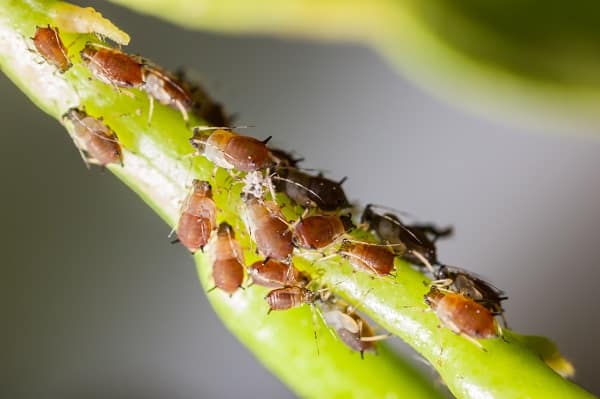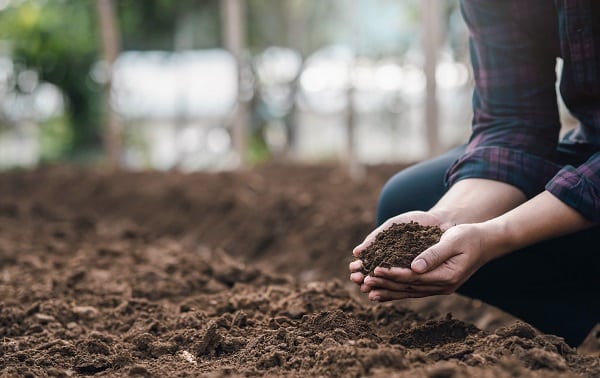If you’re looking for an organic way to improve your garden, you should consider companion planting. Companion planting is the practice of planting different types of plants together to benefit each other. You can do this in either a vegetable or flower garden. And while there are some obvious benefits of this planting style, others may come as a bit of a surprise. In this article, you will learn about the benefits of companion planting and how to get started!
Contents
How To Get Started Companion Planting
Many gardeners are familiar with the benefits of companion planting, but getting started can be confusing. However, with some planning and research, it can be easy to find the perfect plants for your garden. The first step is to identify the crops you want to grow. Once you know what you want to plant, research which other plants will complement them. For example, beans and corn do great together because they benefit from each other’s growth. Beans provide nitrogen to the soil, while corn stalks can be support for the beans to climb. Once you have a plan, start planting a few companion plants in small patches around your garden. As you become more familiar with how they interact, you can add more plants and create more extensive areas of companionship. With a little effort, companion planting can be a great way to boost crop yields and create a more diverse and productive garden.
Reduce Pests
Any gardener knows that pests can be a significant problem, damaging crops and causing frustration. However, there are several ways to reduce the pests in your garden, one of which is companion planting. Companion planting is the practice of growing different types of plants together to repel pests. For example, marigolds release a chemical that deters nematodes, while basil helps to repel aphids and slugs. In addition, certain plants can attract beneficial insects that prey on common garden pests. By carefully selecting the plants for your garden, you can create an ecosystem that is less hospitable for pests and more enjoyable for everyone.
Slow The Spread Of Disease
When most people think of companion planting, they think of the benefits to individual plants. For example, many gardeners know that tomatoes and basil make excellent companions, as the basil helps to repel pests that might otherwise damage the tomatoes. However, companion planting can also benefit the entire garden by helping slow the spread of disease. When different types of plants are grown close together, their roots intermingle, creating a dense network that can impede the spread of disease-causing organisms. In addition, the different plants compete for resources, making it more difficult for diseases to take hold. As a result, companion planting can effectively protect both individual plants and the garden as a whole.
Limit Weeds
Many gardeners have long known that companion planting can be a helpful way to limit the growth of weeds. By planting larger, more dominant plants alongside smaller ones, it is possible to create an environment in which the smaller plants are better able to compete with weeds. The taller plants provide shade and shelter for the smaller ones, while the smaller plants help to hold moisture in the soil and prevent weed seeds from germinating. Furthermore, companion planting can help to attract beneficial insects, such as ladybugs and lacewings, which feed on harmful pests. As a result, companion planting is a simple and effective way to create a healthy and productive garden.
Save Space
One of the challenges of gardening is finding enough space to grow all the different types of plants you want. However, companion planting can help you get the most out of your garden by using space more efficiently. By carefully selecting plants with complementary growth habits, gardeners can maximize the use of every square foot. For example, tall plants can be paired with climbers, while spreading plants can be planted at the base of a trellis. You can also plant vegetables and herbs together, as the herbs can benefit their companion plants while providing a delicious addition to your meals. The endless possibilities make companion planting a great way to make the most out of limited space.
Improve Soil Health
Anyone who has tried to plant anything knows that healthy soil is essential for growing strong and vibrant plants. Unfortunately, factors like wind, water, and pests can easily damage soil health. One way to help improve soil health is through companion planting. Different plants have varying nutrient needs, and by planting a diverse range of plants together, you can ensure that you meet all their needs. In addition, certain plants, such as legumes, can fix nitrogen in the soil, making it more fertile for other plants. By incorporating companion planting into your gardening practices, you can improve the overall health of your soil and ensure that your plants get the nutrients they need to thrive.
Provide Structural Support
Finally, one of the often overlooked benefits of companion planting is that it can provide structural support for your plants. For instance, if you are growing tomatoes, you can plant them next to corn. The tall corn stalks will support the vine-like tomatoes, preventing them from toppling in the wind or rain. In addition, companion planting can also help to improve the drainage of your soil. You can ensure that water drains evenly through your garden bed by planting deep-rooted plants next to shallow-rooted plants. This is especially important in areas with heavy clay soils prone to waterlogging. With proper planning, companion planting can provide structural and horticultural benefits for your garden.
Reap The Benefits Of Companion Planting!
As you can see, companion planting has many benefits that make it a valuable tool to add to your gardening practices. Not only does it improve the health and productivity of individual plants, but it can also benefit the overall ecosystem of your garden. So next time you plan your garden, consider adding some companion plants for a thriving and diverse outdoor space. And if you are still determining which plants will work best with each other, there are a ton of great resources out there to guide you in your companion planting journey!





